|
Calligraphy, the art which
combines visual image and written word is perhaps at its most brilliant in
the arts of Islam. Islamic calligraphy traditionally took its inspiration
from the Muslim belief in the divine origin of Arabic writing. In early
Islam the sanctity of Arabic writing was accepted among Arabs and
non-Arabs alike, and its use in sacred and official texts gave rise to a
wonderful profusion of scripts, and calligraphic tradition which has
flourished for over a thousand years - not only in manuscript decoration
but in architecture, ceramics and paintings.
Arabic
calligraphy dates, in its codified form, from ninth century AD and its
decline began with the spread of printing. More than ten centuries of
calligraphic tradition are represented in this growth and decline of
Arabic culture.
Calligraphy
is of course the art of writing, but the practice is not universal. Many
people have not developed it in detail, whereas for others it is regarded
as supreme art. The Japanese describe a person as ‘having beautiful
handwriting’ when they mean he/she is handsome and graceful. The Arab
calligraphers considered that their art was the geometry of the soul
expressed through the body - a metaphor that can be taken literally with
the literal design of its inspiring spirit.
It is to
be understood that our concern here is not to compile a catalogue of this
art but simply to honor it.
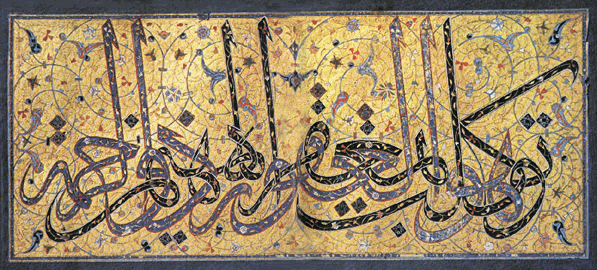 |
|
Interwoven
floral kufic script.
'Allah
the Omniscient' (one of the 99 names of Allah). |
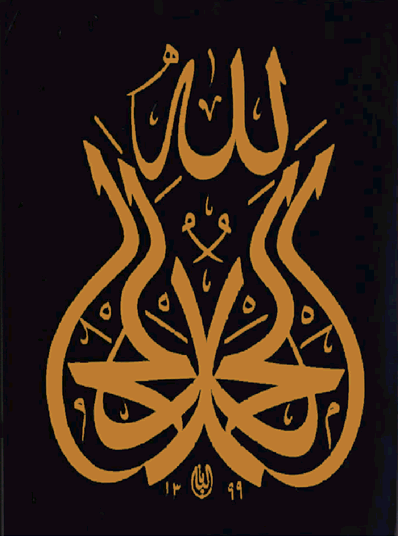 |
|
Calligraphy
by Kamil Albaba (Lebanon) |
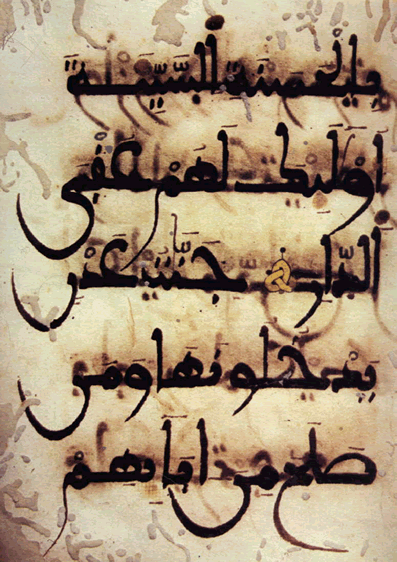 |
|
Andulusian
Maghribi Script |
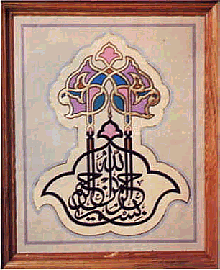 |
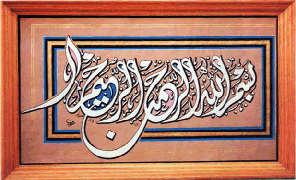 |
|
(Above
two): Work by Shafiq-uz-Zaman Khan. |
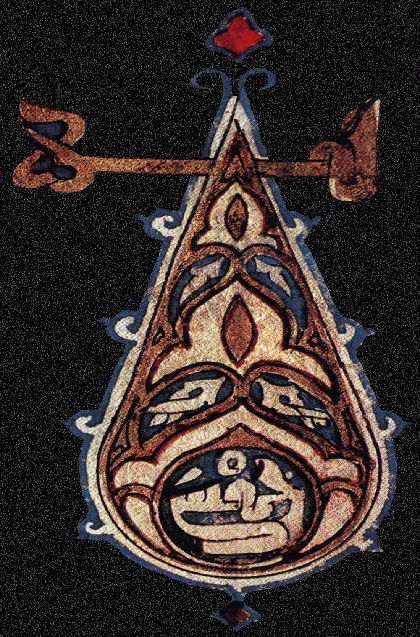 |
|
Maghribi
script. A marginal motif indicating the end of a
Quranic
verse
(1560). |
|

